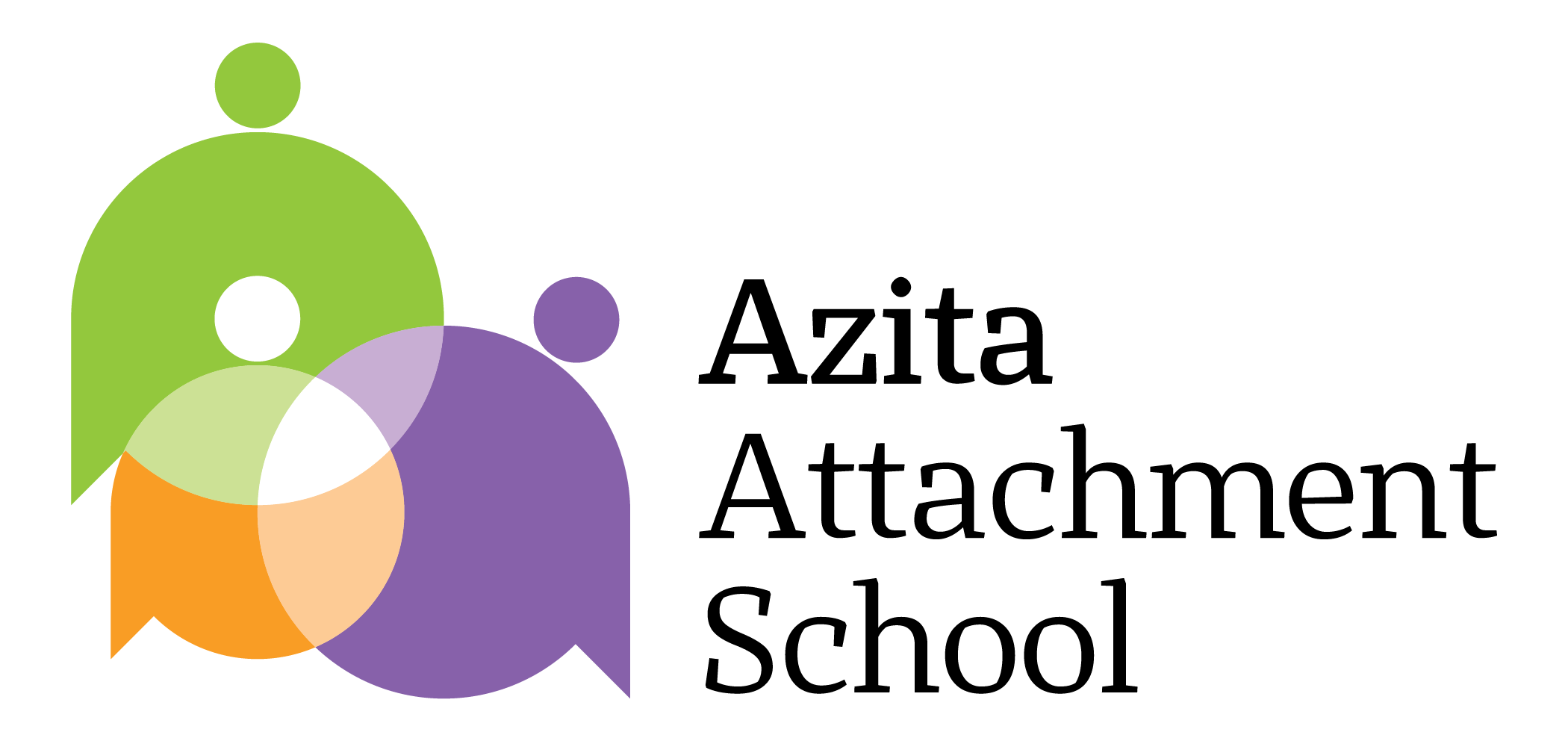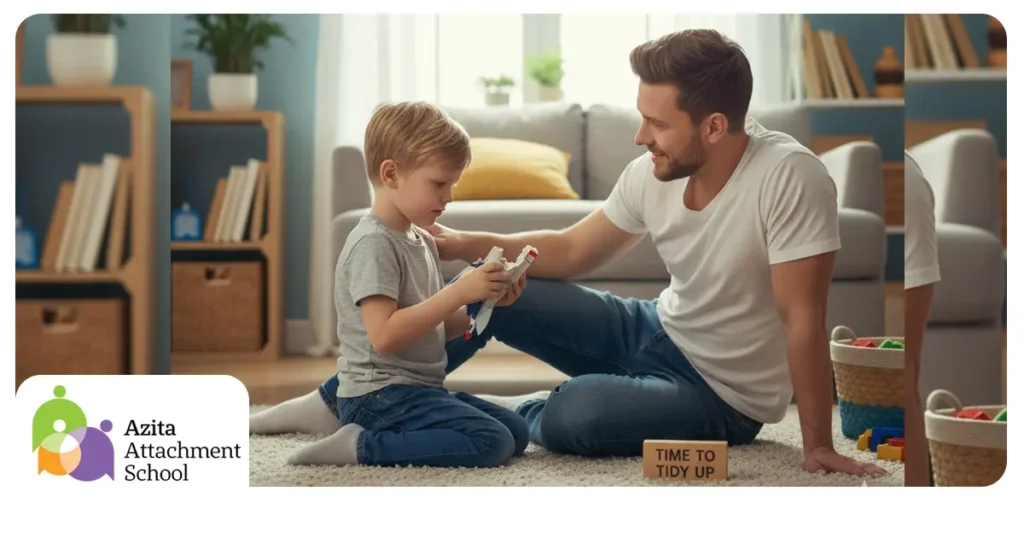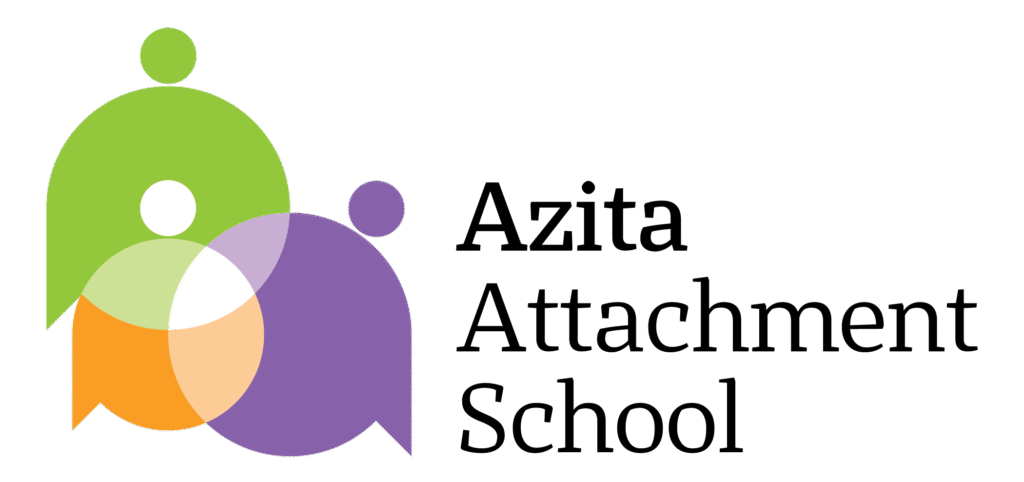How can parents be both firm and empathetic? Blending parent management training with emotion coaching builds balanced emotionally intelligent children.
Introduction
Many parents oscillate between two extremes—being too strict or too permissive. In both cases, children feel unsafe: structure without empathy breeds fear, and empathy without structure breeds confusion.
Modern parenting seeks a third way—a balance between authority and emotional connection. Psychologists now call this the integration of Parent Management Training (PMT) and Emotion Coaching (EC)—a hybrid model that combines structure with compassion.
Scientific Background
- Parent Management Training (PMT): Developed by Alan Kazdin in the 1970s to improve child behavior through clear rules and reinforcement.
- Emotion Coaching (EC): Developed by John Gottman in the 1990s to enhance children’s emotional awareness and empathy.
- Recent research (ScienceDirect, 2025): Found that blending these two approaches leads to a 43% reduction in aggressive behavior and stronger emotional resilience in children.
Research Findings
- Kazdin (2005): PMT decreases oppositional and defiant behaviors.
- Gottman (1997): EC promotes emotional intelligence and empathy.
- APA (2023): Parents who combine empathy with boundaries raise more resilient children.
Why Blending Matters
Approach
Strength
Risk if Overused
PMT
Structure and clarity
Overcontrol, emotional coldness
Emotion Coaching
Connection and empathy
Lack of limits, inconsistency
The integration of both creates balance: the parent acknowledges emotions but still upholds rules.
Case Study
Arzoo and Parsa (Age 8):
Parsa refused to do homework. His mother used threats “No playtime if you don’t finish!” After parent coaching, she replaced control with guided empathy:
“I know you’re tired, but homework is your responsibility. I’m here to help.”
Parsa’s resistance decreased. Feeling understood but guided, he regained motivation.
Core Principles
- Validate emotions, guide behavior.
- Use collaborative dialogue: Explain rules instead of imposing them.
- Praise effort, not perfection.
- Keep boundaries clear.
- Model calm regulation.
Psychological Effects on the Child
- Stronger self-regulation
- Lower aggression and defiance
- Improved empathy and problem-solving
- Greater sense of safety and respect
Practical Exercises for Parents
- Reflect daily on a moment where you could blend empathy and structure.
- Use “AND” statements: “I understand you’re upset, AND we still need to finish this.”
- Pause before reacting to frustration.
- Review emotional lessons with your child after conflicts.
Common Mistakes
- Using punishment without emotional guidance.
- Over-empathizing and removing limits.
- Ignoring emotions in discipline moments.
- Inconsistency between parents.
Conclusion
Blending structure and empathy is the heart of secure, modern parenting. Parents who master both become guides—not controllers. Their children learn to balance freedom and responsibility, emotion and reason — the foundation of lifelong emotional intelligence.
References
- Kazdin, A. (2005). Parent Management Training.
- Gottman, J. (1997). Raising an Emotionally Intelligent Child.
- ScienceDirect (2025). Integrating PMT and Emotion Coaching.
- APA (2023). Parenting & Emotional Development Report.
- Siegel, D. (2012). The Whole-Brain Child.


